Tiler-facing worker
- Experts without intermediaries
- Price comparison
- Personalized pricing
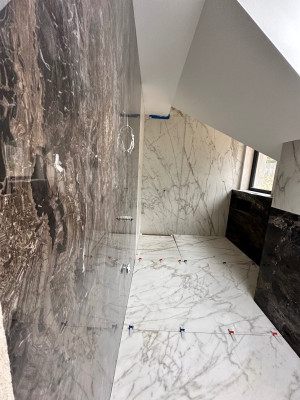
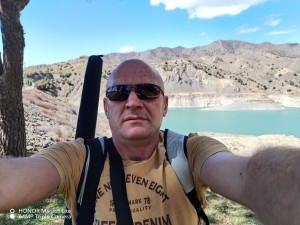
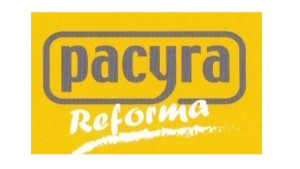
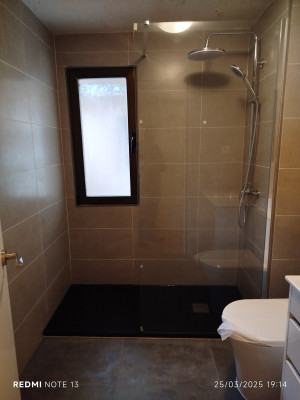

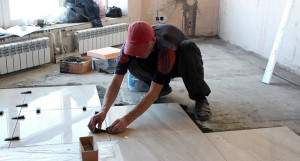
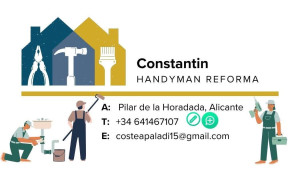
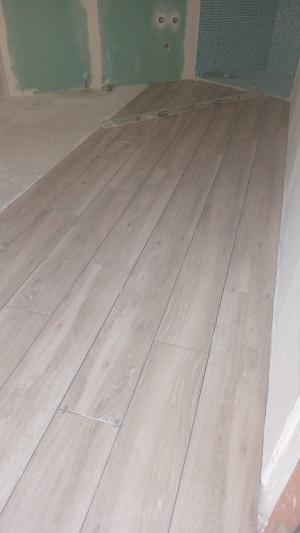
Tiler services: quality finishes for your home or apartment
Ceramic tile is one of the most popular materials for bathrooms, kitchens, hallways and even terraces. It’s beautiful, durable, long-lasting and easy to clean — but only properly installed tile looks neat and serves for years.
If tiles have cracked, debonded, gaps appeared in the joints, or you’re planning a major renovation, you need an experienced tiler.
Looking for a reliable tiler in Spain? Our service helps you quickly find a vetted professional for any task — from replacing a few tiles to full turnkey tiling.
Tiling is among the most in-demand trades in construction and renovation. Installation mistakes lead to lippage, cracks and costly rework. That’s why it’s essential to hire a professional (alicatador autorizado).
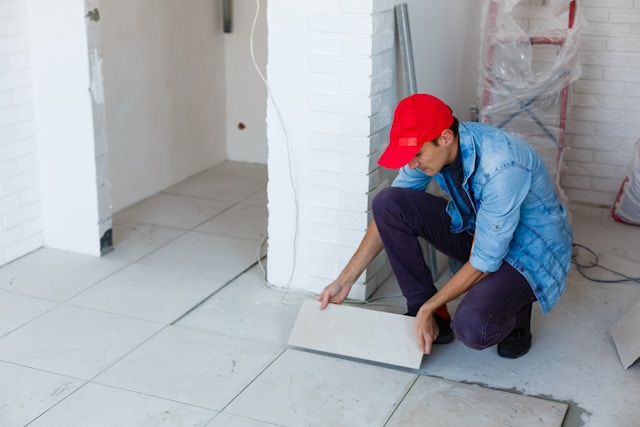 Floor and wall tiling The tiler will prepare the substrate, level surfaces, choose the right adhesive and install tiles perfectly to level.
| 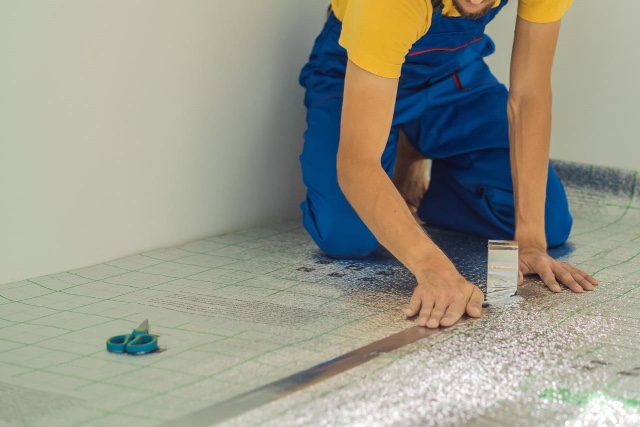 Bathroom and kitchen tiling Here, waterproofing, correct joints and sealing are critical. The pro will keep moisture from getting under the tile.
|
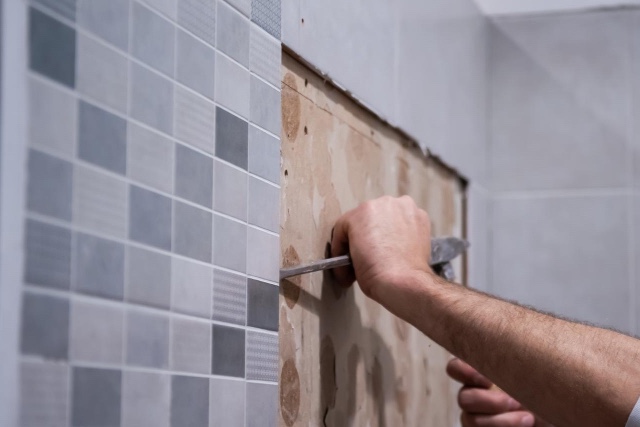 Tile repair and replacement If a tile chips or cracks, the tiler can replace only the damaged pieces without affecting the rest.
| 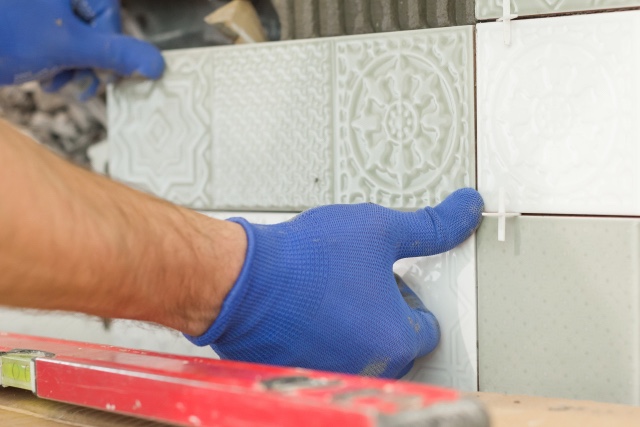 Decorative tile and mosaic installation Mosaics, borders, 3D tiles and decorative panels require extra precision and experience.
|
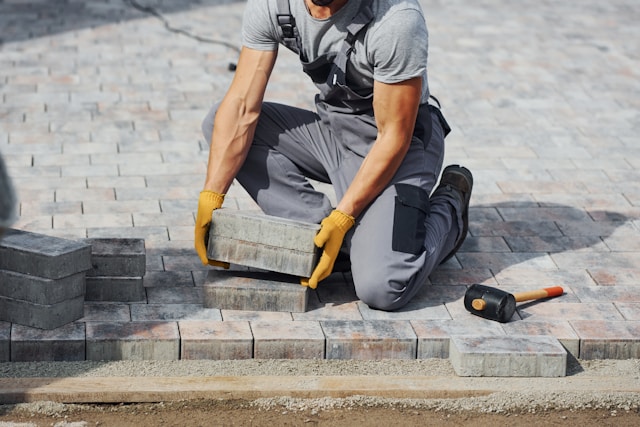 Outdoor tiling: terraces, facades, stairs Exterior installation requires frost-resistant materials and specific techniques.
| 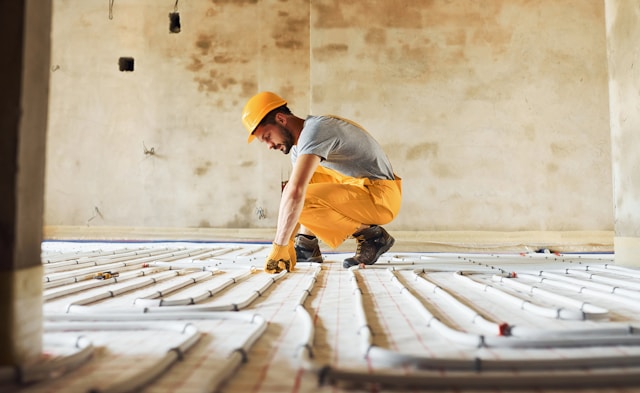 Underfloor heating under tile (electric / hydronic) The specialist will prepare the base, install heating mats or pipes, place the sensor and thermostat, apply a levelling layer and lay the tile carefully. The system distributes heat evenly and efficiently.
|
How to choose a good tiler
Experience and documents.
Ask: “Are you a licensed alicatador? Do you have proof and liability insurance?”
Guarantees quality, safety and compliance.
Portfolio.
“Can I see photos/videos of your projects (bathrooms, showers, terraces) — ideally before/after?”
You’ll spot joint geometry, flatness, neat silicone and precise cuts around corners/outlets.
Diagnostics and method.
“How do you check the substrate (flatness, strength, moisture)? Will you do waterproofing, shower slope to the drain, expansion joints?”
A pro explains steps and standards upfront.
Transparent estimate.
“Please break down the quote: prep, adhesive/grout, cutting, trims/profiles, waterproofing, cleanup. Price per m² and per linear metre of trims/cuts?”
Avoids surprise extras.
Materials and compatibility.
“Which adhesive suits my format/base (S1/S2, frost-resistant, underfloor heating)? Which grout (epoxy/cement), which profiles?”
The right “substrate–adhesive–tile–grout–profile” combo = durability.
Layout plan.
“Will you provide a layout with joint width, axis centring, thresholds/niches and cut locations?”
No surprises on visible areas.
Tools and quality.
“Do you use a tile levelling system (TLS), the proper notch trowel and back-buttering for large formats?”
Prevents lippage and voids.
Timing, cleanliness and warranty.
“Day-by-day schedule, room-by-room option, protection for floors/furniture, wet cutting, waste removal. Written warranty (usually 1–2 years)?”
Care and accountability show before work even starts.
Payments and contract.
“Deposit for materials + milestone payments, no 100% upfront. Contract listing scope and materials.”
Fair and safe for both sides.
A good tiler doesn’t just “stick tiles” — they plan the substrate, layout and materials so your finish is flat, strong and beautiful for years.
Frequently asked questions (FAQ)
▸ How long does tiling a bathroom take?
A typical 5–7 m² bathroom takes 3–5 days: prep → waterproofing → cutting → installation → grouting/silicone.
▸ Can you tile over existing tile?
Sometimes, if the old tile is sound, without voids or cracks. The pro will test by tapping, roughen the surface and prime with an adhesion primer.
▸ Is waterproofing under tile necessary?
In bathrooms/showers/balconies — absolutely (walls + floor + corners). Use a liquid membrane and sealing tape at junctions to prevent leaks and mould.
▸ Can I buy the tile and materials myself?
Yes. If the pro supplies them, they guarantee compatibility (adhesive/grout/tile) and take responsibility for results — often with trade discounts.
▸ What’s the minimum job cost?
Usually from €150–200, since even small jobs include travel, cutting, prep and labour.
▸ Do tilers provide 3D layouts?
Many offer a pre-layout/visualization so you can preview joints, cuts and patterns.
▸ Can we refresh just the joints?
Yes. Grout repair/replacement refreshes the look without major work; you can switch to epoxy for higher resistance.
▸ Which adhesive should we choose?
Depends on tile size, substrate and area: for large formats and underfloor heating — deformable S1/S2; for facades/terraces — frost-resistant.
▸ Epoxy or cement grout?
Epoxy resists stains and moisture best (baths/kitchens) but costs more and is trickier to apply. Cement is cheaper; hydrophobic/anti-mould versions exist.
▸ How to avoid lippage on large formats?
Use a levelling system, the correct notched trowel, and back-buttering.
▸ What joint width is optimal?
Depends on calibre and format. Rectified tiles: often 1.5–2 mm; standard tiles: 2–3 mm. Outdoors: wider joints.
▸ Is a shower slope to the drain required?
Yes, at least 1–2% toward the drain — created at the screed/levelling stage, not “with adhesive”.
▸ When can we use the shower after tiling?
Usually 24–48 hours after tiling and grouting; silicone needs ~24 hours to cure. Follow product instructions.
▸ Underfloor heating: when to switch it on?
After 7–14 days so adhesive and grout reach strength. Heat up gradually, +2–3 °C per day.
▸ Can you tile over paint/gypsum board/wood?
Over paint — only after sanding and priming; over moisture-resistant gypsum board — with primer; over wood/OSB — ideally via cement board/fibre-cement or a decoupling layer.
▸ Tiling balconies/terraces: what’s critical?
Waterproofing, frost-resistant adhesive/grout, movement joints, and slope away from the wall. Avoid oversize formats outdoors.
▸ How to choose floor tile for bath/kitchen?
Check PEI wear class and anti-slip rating (R10–R11 for wet zones). For showers, textured tiles are safer.
▸ Do large formats increase labour cost?
Often yes: more precise substrate, more cutting and back-buttering. Fewer joints = higher flatness requirements.
▸ Noise/dust and cleanup?
Wet cutting reduces dust; we protect furniture and floors, remove debris. Final cleanup per agreement.
▸ Who decides cuts at thresholds and edges?
The tiler agrees the layout in advance, threshold heights, under-skirting details or profiles/transition strips — all documented before work.
▸ How to care for tile and grout?
Use pH-neutral cleaners; avoid harsh abrasives/acids at first. Seal grout if needed and reapply periodically.
▸ Do you offer a warranty?
Pros provide a written warranty for installation, joints and sealing (usually 1–2 years). Materials carry the manufacturer’s warranty.
▸ How long for a one-tile spot repair?
Typically 2–4 hours: careful removal, prep, bonding, grouting/silicone.
▸ Should I keep spare tiles?
Yes — +5–10% for cuts and future repairs, especially for complex collections.